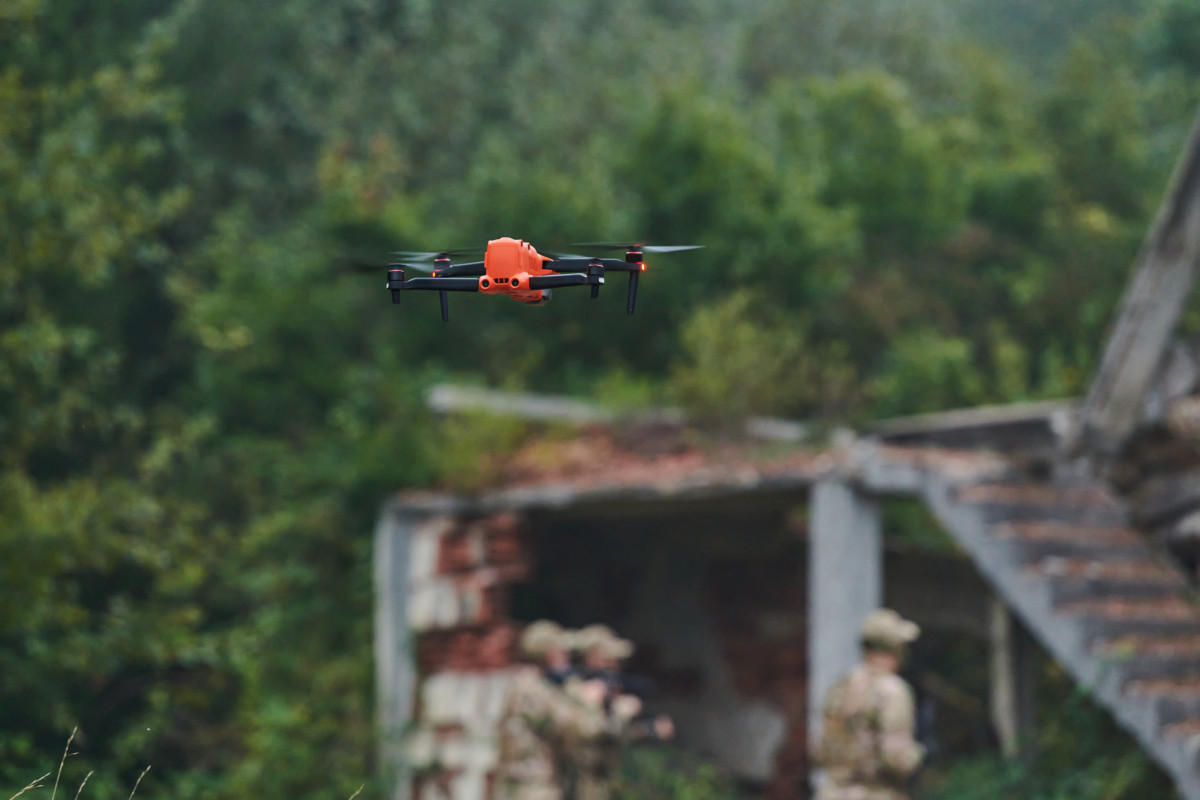The integration of disruptive technologies such as military drones, artificial intelligence (AI)-powered recruitment tools, and virtual reality (VR) training programs is radically altering the traditional workplace landscape. These advancements hold significant implications for talent management, employee training, and strategic workforce planning.
Revolutionizing recruitment with AI-powered tools
AI-powered recruitment tools automate various stages of the hiring process, from resume screening to candidate assessments. This technology can quickly filter through vast amounts of applications, highlighting the most suitable candidates based on pre-defined criteria. Such efficiency not only saves human resource professionals’ time but also ensures that top talents are identified without biases often inherent in manual reviews.
These smart systems provide data-driven insights that aid HR professionals in making more informed decisions. By assessing patterns and correlating data points, AI can predict a candidate’s potential performance and cultural fit within a company. This advanced analytics capability helps organizations build stronger, more cohesive teams by aligning their hiring strategies with organizational goals.
Transforming employee training with virtual reality
Virtual reality training programs offer immersive learning experiences that traditional methods cannot replicate. In industries requiring hands-on training such as manufacturing, healthcare, or emergency response, VR simulations provide a risk-free environment where employees can practice skills and react to real-world scenarios. This can lead to faster skill acquisition and greater retention rates compared to conventional training techniques.
Implementing VR training solutions can be a cost-effective alternative to sending employees off-site for physical training sessions. Companies save on travel costs, and the ability to reuse and update training modules allows for scalable, consistent education across the workforce. Small businesses and startups, which might struggle with extensive training budgets, particularly benefit from this innovative approach.
The rise of military drone technology in commercial sectors
The applications of military drones extend far beyond defense purposes. Initially developed for military use, drone technology has found numerous applications in civilian sectors. Industries like agriculture, logistics, and public safety utilize drones for activities such as field monitoring, package delivery, and search and rescue operations. The adaptability and evolving capabilities of these unmanned aerial vehicles (UAVs) are prompting companies to explore their potential for enhancing operational efficiency.
As drones become integral to more business functions, regulatory frameworks and ethical considerations arise. Issues like privacy, airspace management, and security must be addressed to ensure responsible usage. Balancing innovation with regulation will be crucial in maximizing the benefits while mitigating risks associated with widespread drone adoption.
Implications for talent management
The implementation of these disruptive technologies demands new skill sets from the workforce. Employees need to be adept at managing and interacting with advanced tech solutions. Therefore, continuous upskilling programs become essential to keep up with the rapid pace of technological change. Organizations must invest in educating their staff to handle new tools and workflows effectively.
Companies known for embracing cutting-edge technologies tend to attract high-caliber candidates who seek dynamic and forward-thinking workplaces. To stay competitive in the talent market, organizations must highlight their commitment to innovation in their employer branding efforts. Incentivizing and retaining tech-savvy professionals will also require rethinking reward systems and career advancement opportunities aligned with modern digital environments.





















